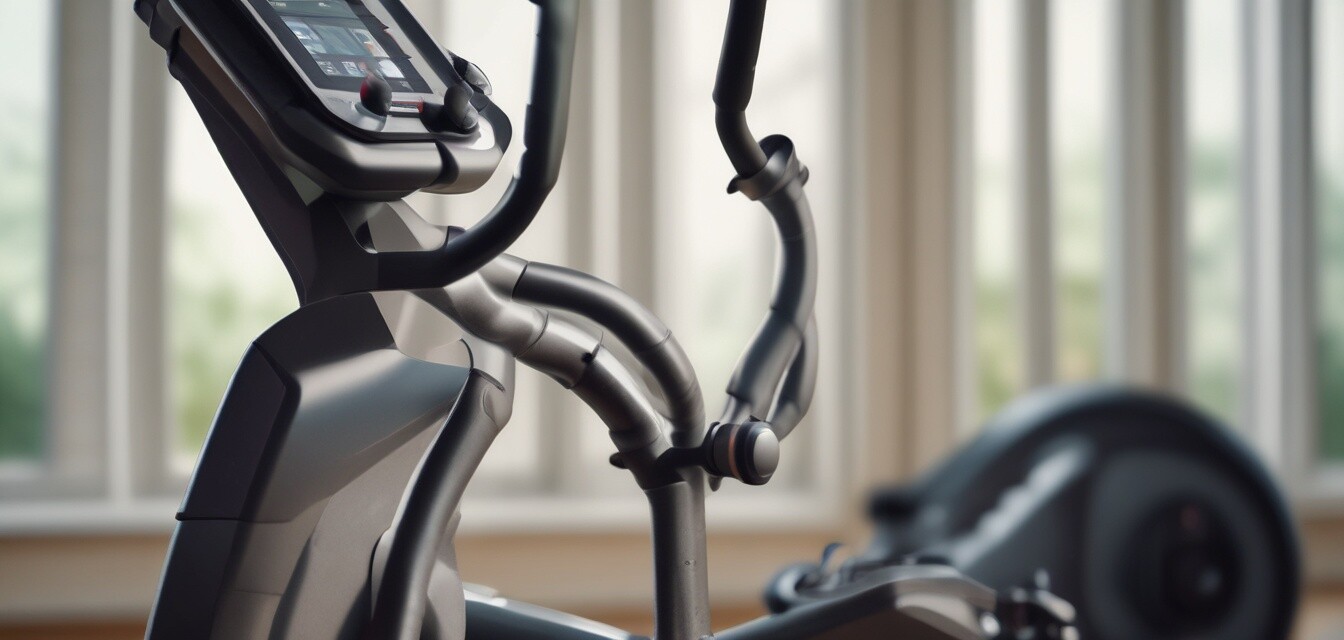
Preventive Maintenance for Your Elliptical
- Regular maintenance can significantly extend the lifespan of your elliptical.
- Routine checks and cleaning can enhance performance and prevent breakdowns.
- Knowing common troubleshooting techniques can save time and money.
- Use appropriate lubricants to avoid wear and tear on the moving parts.
Owning an elliptical machine can be a fantastic investment for your fitness journey. To maximize your return, regular preventive maintenance is essential. This article will guide you through effective practices to ensure your elliptical remains in excellent working condition, ultimately helping you achieve your fitness goals.
Why preventive maintenance is crucial
Preventive maintenance is more than just a buzzword; it's a fundamental practice for anyone owning an elliptical. Ignoring maintenance can lead to issues that disrupt your workout routine, ranging from minor inconveniences to significant equipment failures. Here's why maintaining your elliptical is crucial:
- Cost-effective: Routine maintenance often prevents costly repairs or replacement.
- Performance: Keeping your elliptical in top shape ensures a smoother and more efficient workout experience.
- Safety: Regular checks can help identify potential safety issues before they become problems.
Essential maintenance tasks to keep your elliptical running
1. Cleaning your elliptical
Regular cleaning is a simple yet essential part of maintaining your elliptical. Dust, sweat, and grime can accumulate on the machine, leading to rust and other damage over time.
Cleaning steps:
- Unplug your machine before cleaning.
- Use a damp cloth to wipe down the handles, console, and frame.
- Make sure to clean the foot pedals and rails thoroughly.
- Use a vacuum to clear dust from hard-to-reach areas.
2. Lubrication
Lubricating your elliptical’s moving parts is crucial to prevent friction and wear. It can also help maintain performance and reduce noise.
How to lubricate:
- Consult your manufacturer’s guidelines for the recommended lubricant.
- Apply lubricant to the moving parts such as the pivot points and where the foot pedals attach to the frame.
- Do not over-lubricate, as excess lubricant can attract dust and dirt.
3. Checking the belts and joints
The belts and joints of your elliptical are subject to wear over time. Regular checks can help you catch any issues before they escalate.
Inspection tips:
- Check the resistance and drive belts for signs of cracking or fraying.
- Inspect the joints for any unusual movement or noise.
- Ensure that all nuts and bolts are tightened to prevent instability during workouts.
4. Monitoring the electrical components
Like all machines, the electronic components of your elliptical require attention. Regularly monitor these parts to ensure they function correctly.
What to check:
- Examine the power cord for any fraying or damage.
- Ensure all connections are secure, especially if you notice disruptions in performance.
- Check the display for any irregularities.
5. Regular performance checks
Take a few moments each week to assess how your elliptical performs during workouts.
Indicators of potential issues:
- Unusual noises during operation.
- Sudden changes in resistance or difficulty.
- Excessive shaking or instability while in use.
Common troubleshooting tips
Having a few troubleshooting tips on hand can empower you to fix minor issues quickly and effectively, saving you time and money.
| Problem | Potential Solution |
|---|---|
| Elliptical won't start | Check the power supply and sensors; ensure it's plugged in. |
| Strange noises during operation | Inspect the joints, belts, and the flywheel for debris or wear. |
| Inconsistent resistance levels | Calibrate the machine according to the manufacturer's instructions. |
| Display issues | Verify the connections and replace batteries if necessary. |
Tips for maintaining your elliptical
- Keep a maintenance log to track cleaning and repairs.
- Use a cover if your elliptical is stored in a garage or outdoor area.
- Follow manufacturer guidelines for any specific maintenance needs.
- Consider professional servicing if you're unsure about repairs.
Pros of preventive maintenance
- Extends the durability and usability of your machine.
- Enhances workout performance and enjoyment.
- Prevents minor issues from becoming expensive repairs.
Cons of neglecting maintenance
- Increased likelihood of breakdowns.
- Inconsistent workout experience.
- Potentially costly repairs or replacements.
Conclusion
Taking the time to engage in preventive maintenance for your elliptical ensures you continue reaping the benefits of your investment. By following the best practices outlined in this article, you can maintain a smooth and effective workout experience.
For further maintenance tips, feel free to check out our other resources: